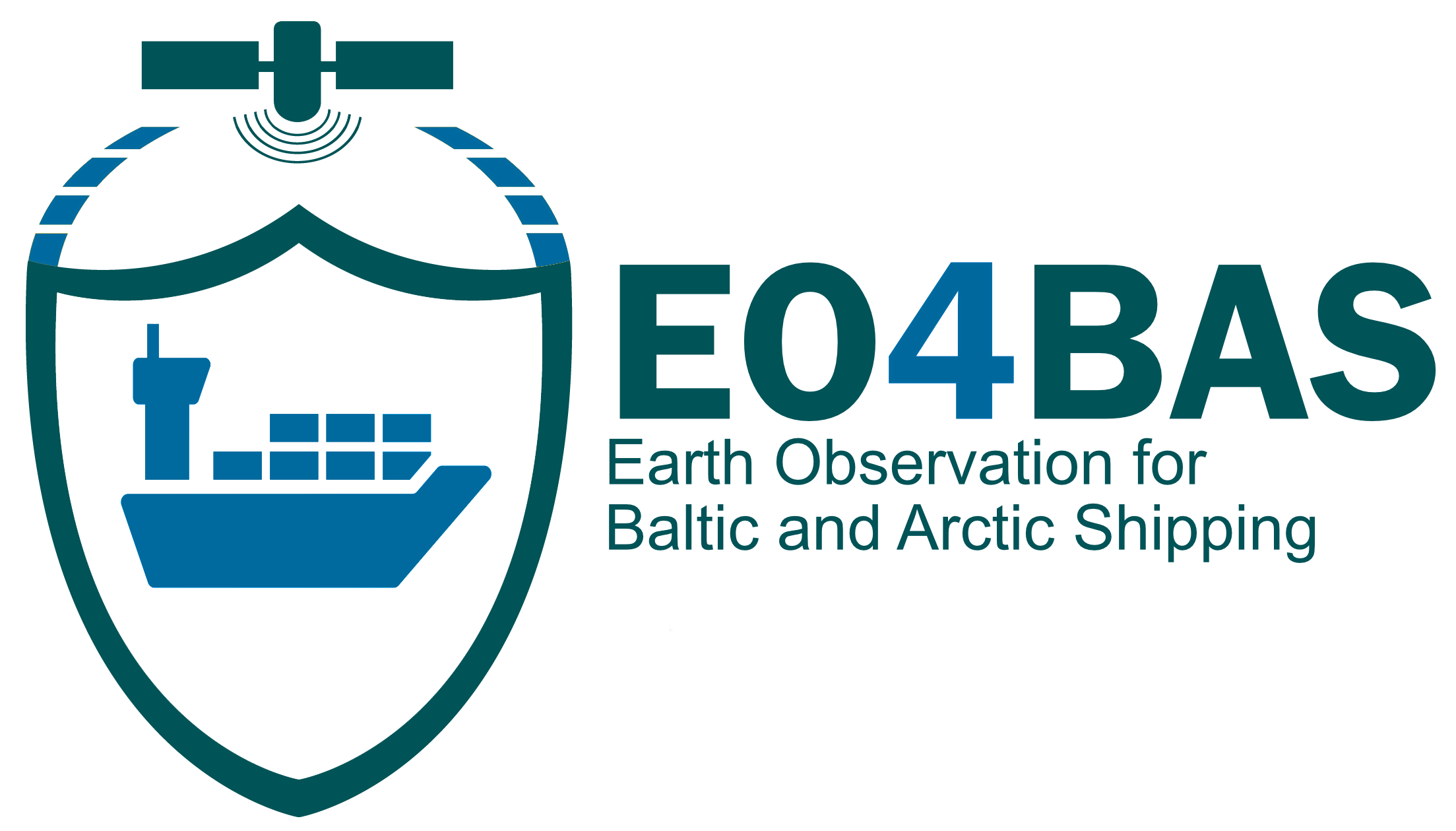EO Products / Change in vegetation
Montly average of the Normalized Difference vegetation Index (NDVI) at a location identified by the coordinate (69.9, 19.94)
Source: Earth System Data Explorer (earthengine.app)
Product Description
Coastal vegetation, e.g. mangroves and salt marshes, plays a vital role in shaping the maritime environment. These ecosystems act as a natural buffer against erosion, safeguarding coastlines and shorelines from the relentless forces of waves and tides. Their root systems stabilize sediments, preventing soil loss and maintaining the integrity of coastal landforms.
Beyond erosion control, these vegetated coastal zones provide critical habitat for marine life. Mangroves serve as nurseries for juvenile fish, crustaceans, and other aquatic organisms. Salt marshes offer shelter and feeding grounds for migratory birds, crabs, and small fish.
Satellite multispectral data allows to detect, quantify, map, and monitor changes in vegetation at different spatial-temporal scales. These changes can occur in terms of vegetation type (different species associations) and vegetation condition (health, deforestation, growth stages) and can be monitored by several variables, including:
- Fraction of Green Vegetation Cover (FCOVER) denotes the fraction of ground covered by green vegetation. The variable is sensitive to the vegetation amount, making it valuable in monitoring vegetation ecosystems
- Fraction of Absorbed Photosynthetically- (FAPAR) denotes the fraction of the solar radiation absorbed by alive leaves (FAPAR only refers to green and alive elements of the canopy).
- Leaf Area Index (LAI) is defined as half of the total area of green elements of the canopy per unit horizontal ground area. This includes all the layers of a canopy which makes LAI a good variable for quantifying the thickness of the vegetation cover.
- Normalized Difference Vegetation Index (NDVI) is an indicator quantifying the health and density of vegetation using sensor data.
- Vegetation Condition Index - (VCI) – Vegetation Condition Index compares NDVI to the range of values collected the in the same period in previous years. VCI is given as a % and gives an indication on the observed value on where it is situated between the minimum and maximum from the previous years.
- Land Cover (LC) shows different classes of earth’s surface e.g. forest, grassland, lakes etc.
Product Specifications
BUSINESS PROCESS | ELD |
DESCRIPTION | Change in the vegetation can highlighting environmental impacts of operations to local nature |
EO INFORMATION OF INTEREST | FCOVER, FAPAR, LAI, NDVI, VCI, LC |
MAIN PROCESS STEPS | All the variables are retrieved using multiple spectral bands and knowledge of absorption lines of relevant features of interests |
INPUT DATA SOURCE | Any passive satellite with multispectral capability |
ACCURACY/ CONSTRAINTS | 300-1000m |
LIMITATIONS | Atmospheric effects. Saturation occurs in areas with very low or dense vegetation. |
TEMPORAL RESOLUTION | 300 m – 1 km from 1999 to present |
FREQUENCY UPDATE | Almost daily |
DELIVERY / OUTPUT FORMAT | NetCDF-3, NetCDF-4 |
ACCESSIBILITY | Copernicus Global Land Service, Earth System Data Explorer |


This page has no comments.